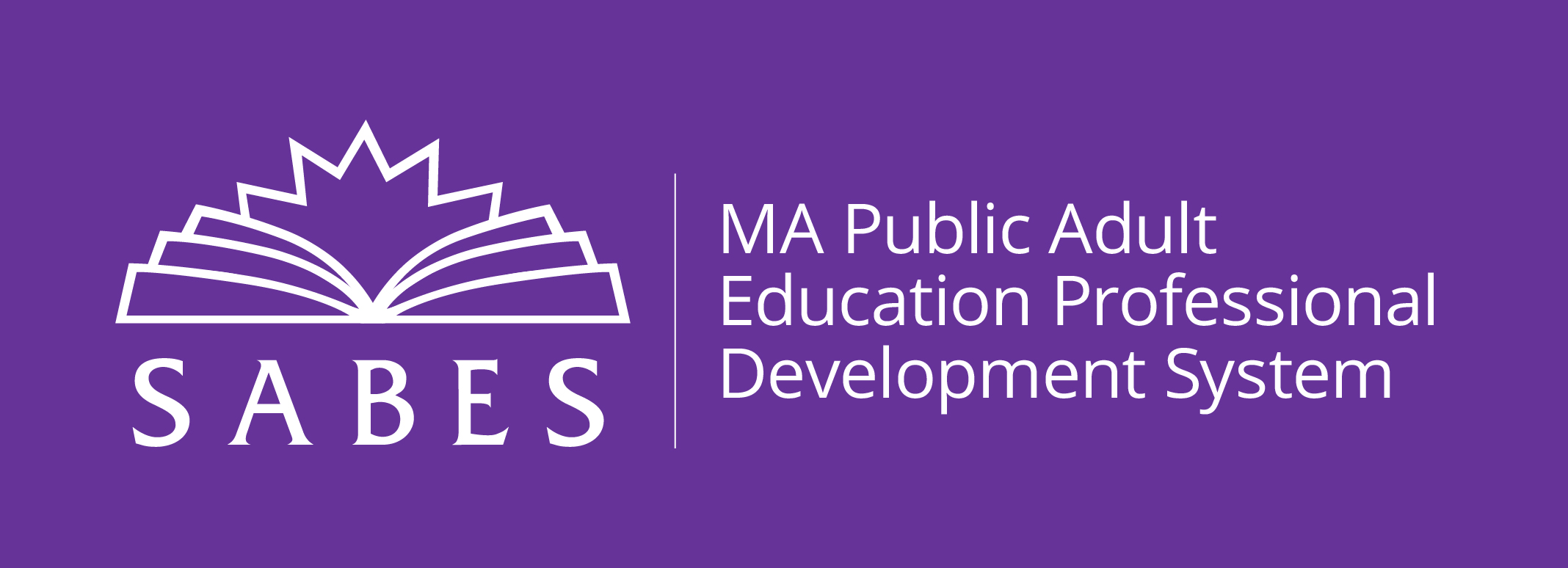
The transformative work of making our adult education programs more diverse, equitable, and inclusive calls upon each one of us to examine our identities and the biases we may hold. Our identities inform the lenses through which we see and understand the world, which shapes our interactions, our beliefs, and the decisions we make in our work with colleagues and learners. The racial reckoning of 2020 forced us to see how racism shapes our perceptions of the world and each other in all our interactions, including in our classrooms, staff meetings, and advising offices.
In a special forum in Adult Literacy Education: The International Journal of Literacy, Language, and Numeracy (2019) called Reflections on White Racial Identity in the ABE Classroom, authors discuss the dangers of ascribing race as something that solely applies to people who are not white, making people whose skin is not white viewed as “other”. Author Edish Gnanadass responds that this belief causes harm to ABE students, who are predominantly (74%) people of color (U.S. Department of Education, 2018). In this instance, white instructors who believe that they are the standard and only students of color have a race, can see students “whether intentionally or unintentionally…not as individuals who have particular goals and needs, but solely as ‘others’ belonging to other racial groups.” In other words, this thinking pretends that race is only a function of being a person of color and that it somehow does not apply to those who are white. This perception, in and of itself, creates a barrier by artificially and wrongly separating race as a characteristic that applies to some people and not to others.
To help adult education practitioners engage in this essential work, the SABES PSPDC collaborated with Dr. Carmine Stewart to present a session on Exploring Identity and Implicit Bias: Diversity, Equity, and Inclusion in Our Work. After leading us through self-exploration and reflection activities, Dr. Stewart identified eight ways in which our implicit bias could manifest in our work with colleagues and learners:
- Believability
- Leniency
- Representation
- Justification
- Expectation
- Input
- Power
- Safe spaces
For example, we may have an implicit bias concerning our expectations of some learners over others (based on their identity), which may inform how we speak to them or the opportunities and resources that we share. Dr. Stewart brings expertise in adult education as well as DEI, and the comments on her session show how she resonated with our field: “This was truly one of the best workshops I've attended, ever” and “I loved the combination of hearing from an expert and then having the opportunity to mull over how to apply the concepts in our practice with colleagues.”
What You Can Do Now
- The work of exploring identity and implicit bias is only a piece of the puzzle. For the next step in this PD, please review this article about the upcoming offering called Diversity, Equity, and Inclusion in Adult Education Programs: Workplace Assessment and Planning with Dr. Stewart.
- Like Dr. Carmine, Jane Vella recognizes the importance of “creating safe spaces” (Vella, 2002) as one of her 12 Principles for Effective Adult Learning. As Vella describes it, “Sound relationships for learning involve respect, safety, open communication, listening, and humility.” In your program, start the conversation by involving your staff in reflecting on how you already create safe spaces for learners. What barriers exist that you need to remove? Do your students see themselves reflected in your staff and in the teaching resources you use? How can students help inform your work?
- Use the following materials available in the SABES library to help you engage in the work of exploring identity and implicit bias on your own or with your program:
- The Social Identity Wheel activity includes activities and materials to guide groups through discussions of identity, and can be used among staff and in the classroom.
- Harvard University’s Implicit Association Test (IAT) is often suggested as a conversation starter about implicit bias.
- The Implicit Bias webinar recording from the New England Literacy Resource Center also provides an excellent overview of this work.
References:
Gnanadass, E. (2019) “Race”ing White Instructors: Beyond the Black-White Binary. Adult Literacy Education: The International Journal of Literacy, Language, and Numeracy. 1(2)
Vella, J. (2002). Learning to Listen, Learning to Teach. San Francisco, CA: Jossey Bass.


